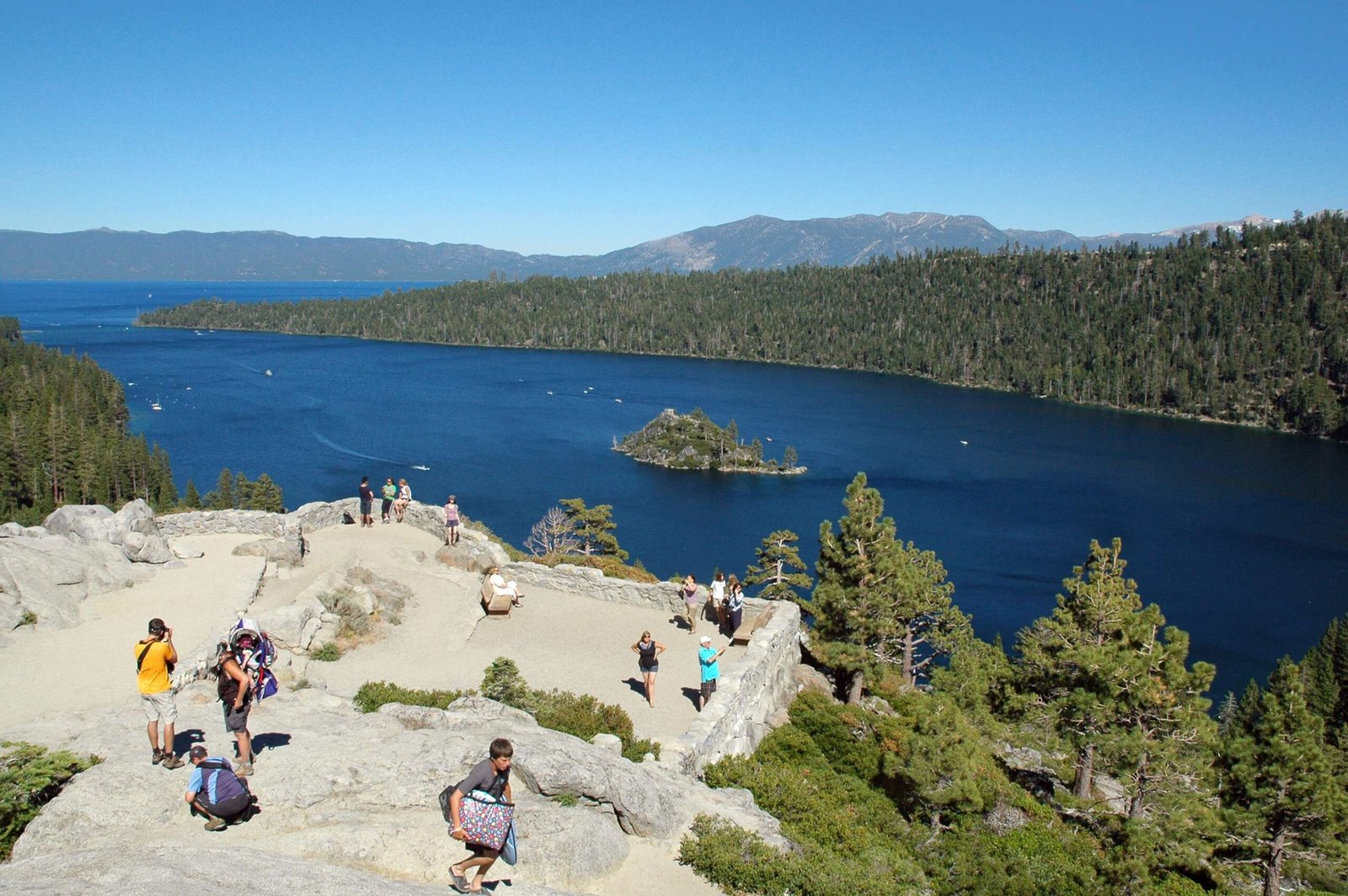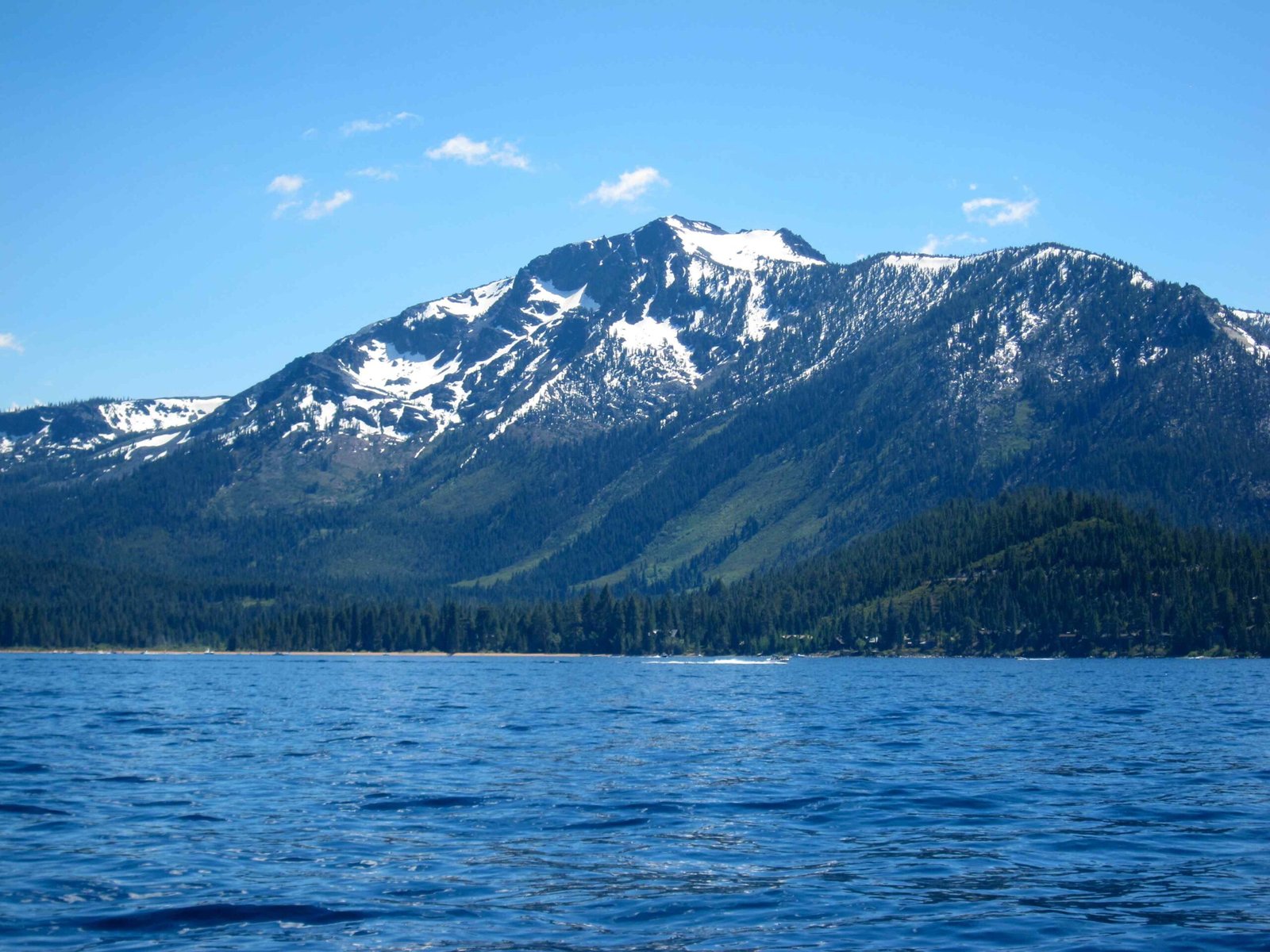Lake Tahoe emerged through a complex geological symphony spanning millions of years, where tectonic plate movements, massive glacial forces, and volcanic eruptions collaborated to create one of North America’s most stunning alpine landscapes. This extraordinary basin formed approximately two million years ago, transforming from a rugged terrain into a pristine freshwater marvel nestled between the Sierra Nevada and Carson Range.
What Tectonic Forces Shaped Lake Tahoe?

Fault Lines and Crustal Movements
The foundation of Lake Tahoe’s creation lies in dramatic tectonic activities. The Sierra Nevada block experienced significant uplift while the Tahoe block simultaneously dropped, creating a dramatic geological depression. This process, known as block faulting, established the initial basin structure that would eventually become Lake Tahoe.
Key Tectonic Characteristics
| Geological Feature | Description | Time Period |
|---|---|---|
| Fault Movement | Sierra Nevada Block Uplift | 2 Million Years Ago |
| Basin Formation | Tahoe Block Descent | Pleistocene Epoch |
| Elevation Change | Approximately 3,000 Feet | Ongoing Process |
How Did Glaciers Contribute to Lake Tahoe’s Formation?
During the Pleistocene Epoch, massive glaciers played a crucial role in sculpting Lake Tahoe’s landscape. These enormous ice masses:
- Eroded underlying rock formations
- Carved deep valleys and basins
- Deposited sedimentary materials
- Created steep valley walls
- Shaped current lake topography
What Role Did Volcanic Activity Play?
Mount Pluto, an extinct volcano, significantly influenced Lake Tahoe’s development. Its eruptions approximately two million years ago:
- Deposited volcanic lava and ash into the basin
- Created natural dam structures
- Helped define the lake’s northern boundaries
- Contributed to sedimentary layering
Geological Timeline of Lake Tahoe

- 2 Million Years Ago: Initial basin formation begins
- 150,000-70,000 Years Ago: Major glacial episodes
- 26,000-19,000 Years Ago: Tioga glacial period
- Ongoing: Continued geological refinement
What Makes Lake Tahoe’s Geological Story Unique?
Lake Tahoe represents a rare geological phenomenon where multiple dynamic processes converged to create a remarkable landscape. Unlike many lakes formed by singular events, Tahoe emerged through a complex interplay of:
- Tectonic plate movements
- Extensive glacial activity
- Volcanic contributions
- Continuous geological refinement
Scientific Insights and Research
Researchers from institutions like UC Davis Tahoe Environmental Research Center continue studying Lake Tahoe’s geological history. Their ongoing investigations provide deeper insights into the lake’s formation, helping us understand this extraordinary natural wonder.
Fascinating Geological Facts
- Lake Tahoe sits at 6,225 feet above sea level
- Maximum depth reaches approximately 1,645 feet
- Basin covers roughly 191 square miles
- Water volume exceeds 39 trillion gallons
Conclusion
Lake Tahoe’s formation represents a magnificent testament to Earth’s dynamic geological processes, showcasing how tectonic movements, glacial forces, and volcanic activities can collaborate to create breathtaking landscapes over millions of years.

